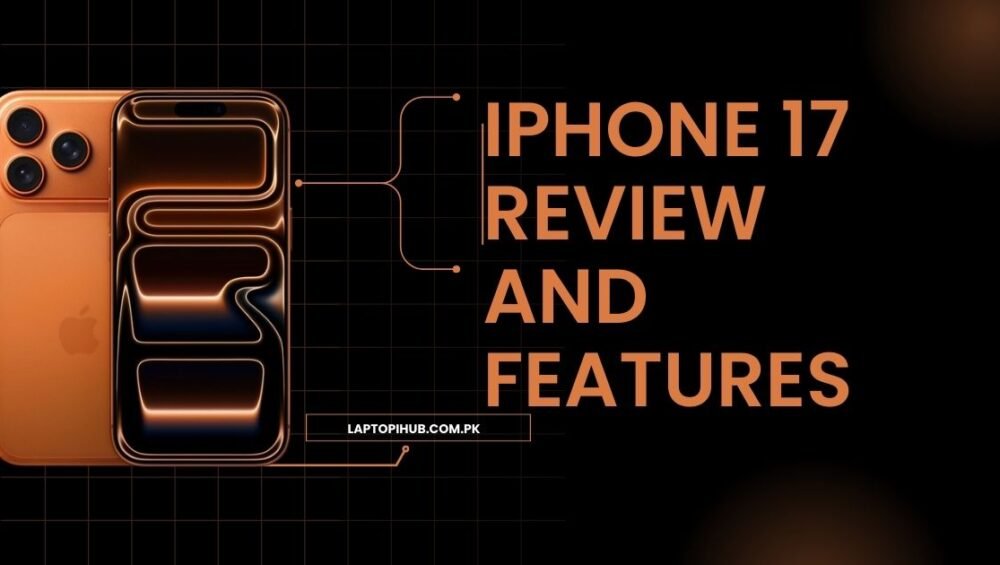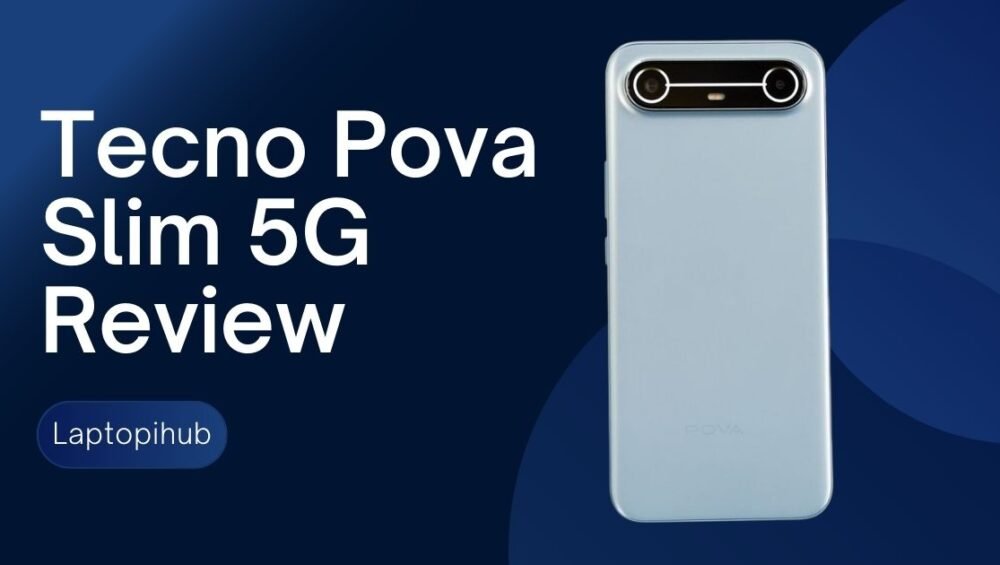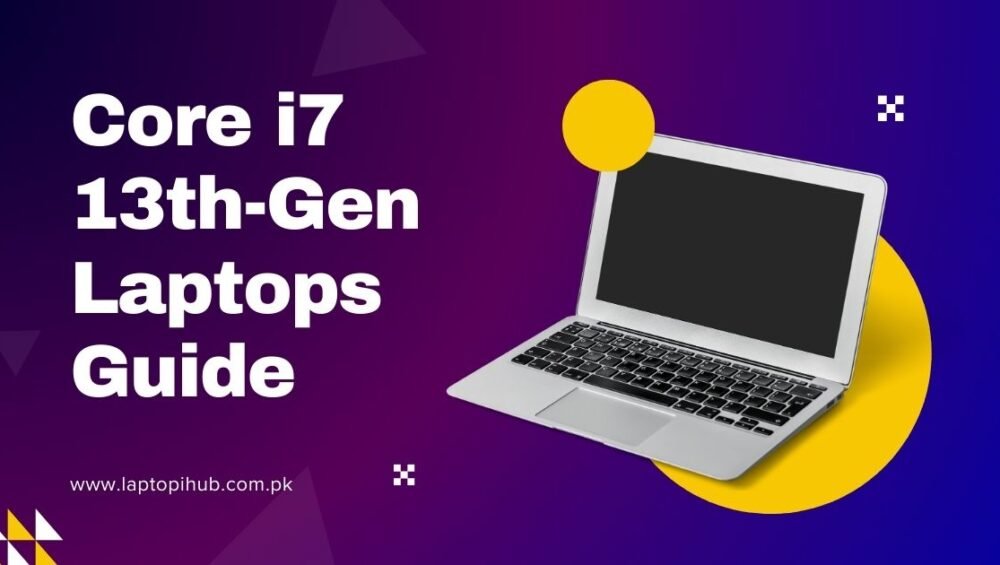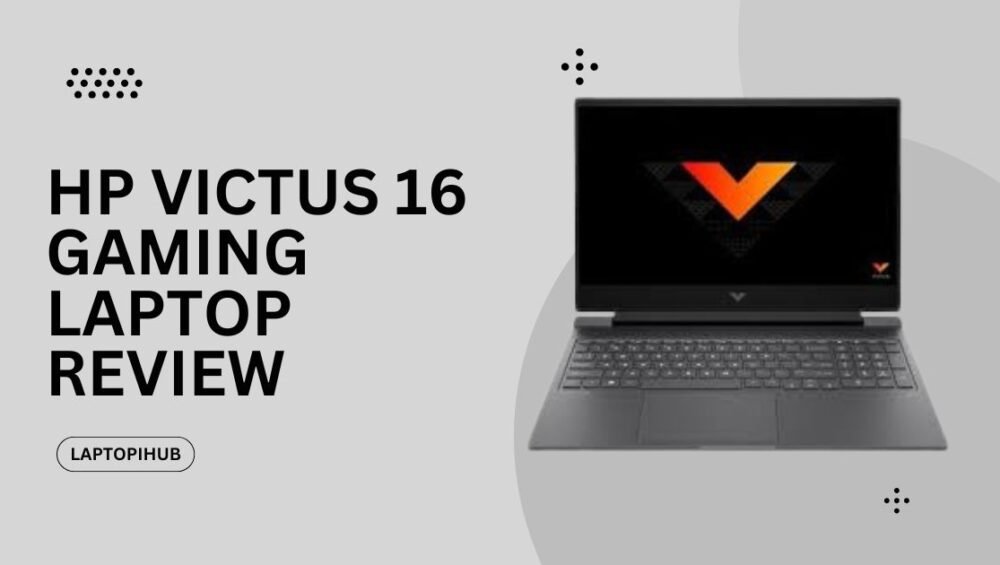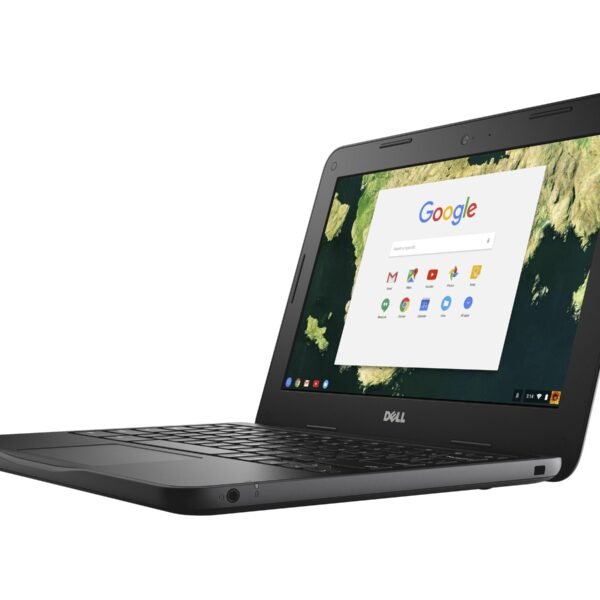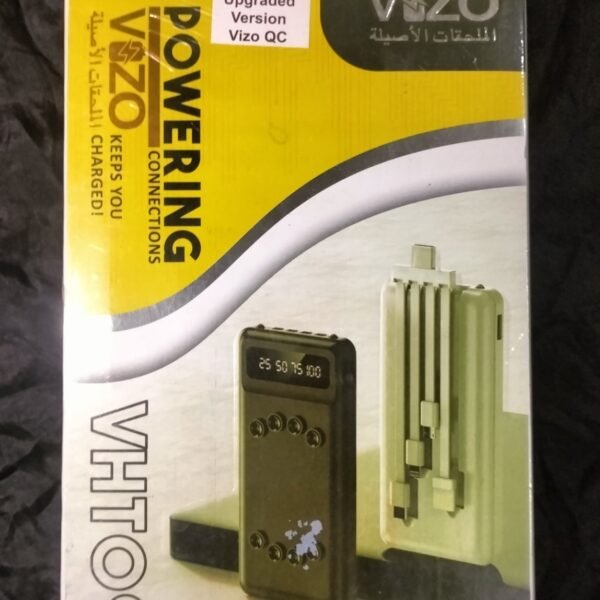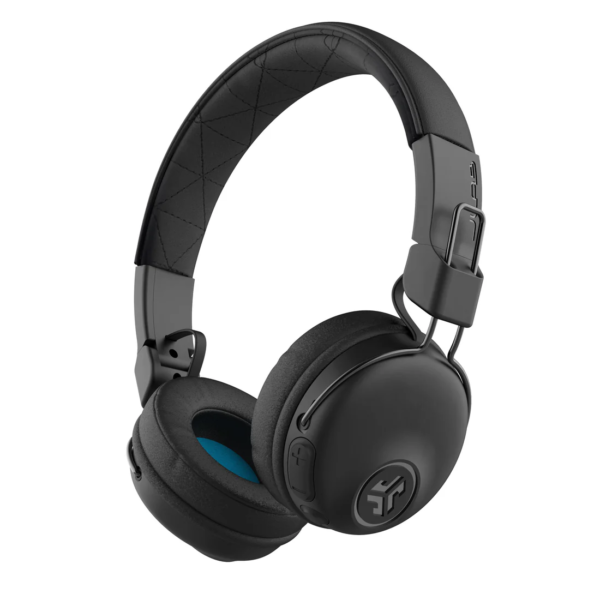Discover Google VEO 3, the latest AI-powered tool transforming SEO, digital marketing, and visual content optimization.
Introduction to Google VEO 3
Google continues to push boundaries in the digital world, and its latest innovation, Google VEO 3, is proof of that. This advanced system is changing how businesses and users interact with search, video, and data. Unlike previous tools, it combines video, visuals, and AI-driven insights into one powerful platform that makes online experiences smarter and faster.
What is Google VEO 3
Google VEO 3 is the third-generation vision and video-enhanced optimization system. It is designed to understand and process video and visual content as effectively as text, offering marketers and businesses a completely new way to reach their audiences.
The Evolution of VEO Technology
The journey started with VEO 1, which introduced video optimization for search. VEO 2 improved indexing and accuracy, but VEO 3 has taken a giant leap forward with real-time data processing and stronger AI intelligence. It has moved from basic video SEO to an advanced, visual-first optimization approach.
Key Features of Google VEO 3
One of the biggest strengths of VEO 3 is smarter AI processing, allowing it to handle video and images with remarkable precision. Accuracy has been greatly improved, meaning results are more relevant than ever. Another key highlight is real-time analysis, which ensures instant insights. To top it off, seamless integration across platforms like Google Ads, Search, and YouTube makes it highly versatile.

How Google VEO 3 Works
At its core, VEO 3 is powered by machine learning models and neural networks. It processes enormous volumes of video and image data, learning patterns and predicting outcomes. The system not only analyzes content but also understands intent, giving businesses the ability to target audiences in ways never possible before.
Why Businesses Need Google VEO 3
In today’s competitive digital market, businesses need to stand out. VEO 3 helps by optimizing video ads, boosting engagement, and ensuring visibility. Whether you run an e-commerce brand, a healthcare service, or a tech startup, adopting VEO 3 can give you a serious edge over competitors.
Impact on SEO and Digital Marketing
Traditional SEO was built on keywords and backlinks. With VEO 3, visuals now take the spotlight. Marketers need to optimize images, videos, and even live streams to remain competitive. This shift means businesses must embrace a visual-first strategy to secure strong rankings and reach wider audiences.

Google VEO 3 Compared to Older Versions
While VEO 2 focused mainly on video indexing, VEO 3 has unlocked real-time processing, cross-platform integration, and improved ad targeting. The step from VEO 2 to VEO 3 is like moving from static images to dynamic storytelling.
Benefits of Google VEO 3
The benefits are endless. Businesses gain better search insights, allowing them to understand user behavior more clearly. Targeting is more precise, reaching audiences based on their visual engagement patterns. Decision-making becomes faster, as real-time insights allow quick changes to strategies.
Challenges of Using VEO 3
Every powerful tool comes with its challenges. VEO 3 raises data privacy concerns due to its deep analysis capabilities. The technology can also be expensive for smaller businesses. Additionally, it demands a learning curve for those unfamiliar with advanced AI tools.
Industries That Benefit the Most
E-commerce is a clear winner with smarter product video searches and optimized ads. Healthcare benefits from AI-driven analysis of medical imaging. Education gains from video-based learning experiences. Startups and tech companies find it useful for testing innovative ideas.
The Future of Google VEO 3
The future looks promising. We can expect future versions to integrate with 3D, AR, and VR technologies, making search and video even more interactive. VEO 3 is just the beginning of a much larger digital transformation.
Tips to Use VEO 3 Effectively
To make the most of VEO 3, businesses should focus on optimizing video titles and descriptions, using high-quality visuals, and analyzing real-time reports. Integrating VEO 3 insights into ad campaigns can boost visibility and conversions.

Common Misunderstandings About VEO 3
Many think VEO 3 is only for big companies, but small businesses can benefit equally. Another myth is that it only focuses on video SEO, when in reality it optimizes all visual content. It also does not replace traditional SEO; instead, it strengthens it with visual intelligence.
Conclusion
Google VEO 3 represents a major shift in how we understand and use search technology. By focusing on visuals and real-time insights, it has created opportunities for businesses of all sizes to reach audiences in new ways. For anyone serious about digital success, adopting VEO 3 is not just an option—it’s a necessity.
FAQs
What is the main purpose of Google VEO 3
Its purpose is to optimize visual and video content for search, making results smarter and more accurate.
How is VEO 3 different from VEO 2
VEO 3 introduces real-time analysis and deeper AI integrations, unlike the more basic indexing of VEO 2.
Can small businesses use VEO 3 effectively
Yes, small businesses can benefit by improving video ads, visual SEO, and customer engagement.
Does VEO 3 replace traditional SEO
No, traditional SEO still matters. VEO 3 complements it by focusing on visual optimization.
What industries benefit the most from VEO 3
E-commerce, healthcare, education, and tech startups gain the most advantage from VEO 3.


